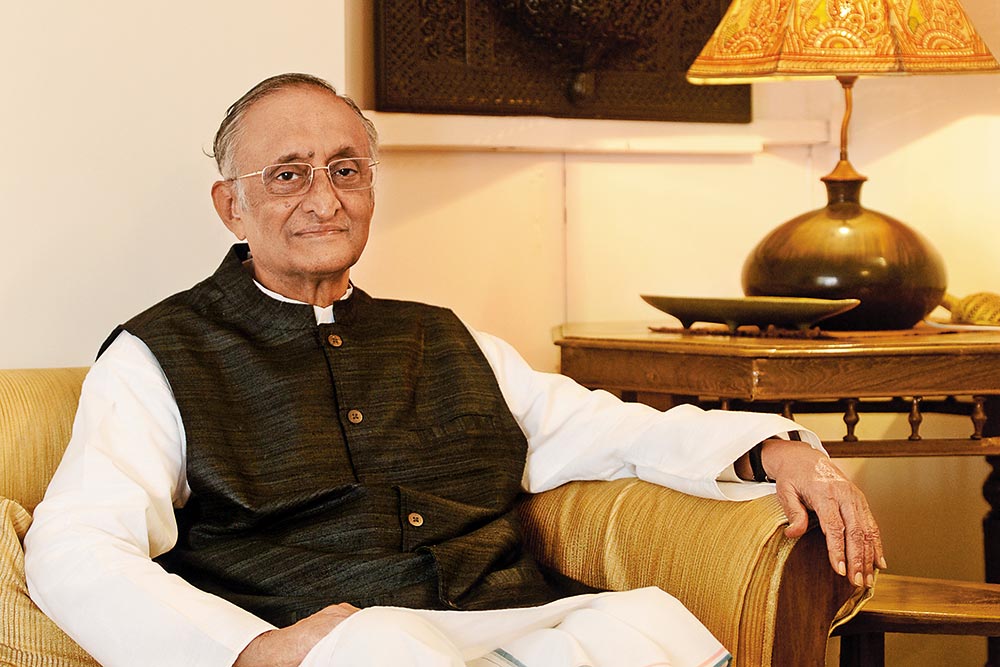What explains the higher prosperity of western India in comparison to the eastern region?
The historical root goes back to the British East India Company introducing the feudal zamindari system in the late 18th century in Bihar, Uttar Pradesh, Bengal, Odisha, Madhya Pradesh and Andhra Pradesh. The property rights of farmers were taken away. Zamindars prospered through revenue extraction from farmers. Not to forget the manmade catastrophe of the Bengal famine of 1943 that left approximately three million people dead, and destabilised and emasculated the agrarian economy of the east. In contrast, the British East India Company introduced the ryotwari system in Bombay and Madras presidency, which gave property rights to farmers who remained entrepreneurial, devoid of any feudal intermediation.
One of the differentiators between eastern and western India is the manufacturing sector. Could you throw some light on that?
Unfortunately, Bengal’s manufacturing industry lost out during the 34 years under the CPI(M)’s regime, when estimated 50,000 manufacturing units left Bengal. Capital flight took place due to gherao and strikes and labour unrest.
Many industrial projects go to south India or states like Gujarat and Maharashtra. Is this natural or influenced by policymaking?
It is astonishing that in recent times, investment commitments to even Maharashtra have been shifted to Gujarat at the last minute, as per media reports. Are those coincidences?
Should the Centre push projects specifically for the east or is it up to states to attract them?
Let alone pushing new projects to eastern India, it is unfortunate that even Central funds which are due to stay in Bengal are being held up by the Centre for what, in my opinion, are untenable arguments. This is causing hardship, not only to the exchequer of states but to millions of common people.
What has your government under Mamata Banerjee achieved since it came to office in 2011?
When Mamata Banerjee became the chief minister, our state GDP was Rs 4.5 lakh crore. In 2023–24, it is expected to reach Rs 17.5 lakh crore, as per budget estimates. It is not widely known that Bengal is the fourth largest state economy among the larger states in terms of net value added, as per RBI, and the fifth largest if you take GDP. Our capital expenditure has gone up 10 times, facilitating manufacturing.
The state’s revenue has gone up by four times. Our debt to GDP ratio is the lowest among the 18 large states, according to the National Institute of Public Finance and Policy. Bengal has become the cement hub of India. It has also become the manufacturing hub for the railways. The iron and steel industry of Bengal has exported 14% of India’s steel exports. In other words, Bengal is on its path to challenging the west and the south in due course.
How will major developments in Bengal positively affect east India?
The world’s second largest coal reserve has been found in Bengal, which will go into production soon. Then the deep-sea port will open business activities in Bihar and Jharkhand and eastern Uttar Pradesh. The entire east is a repository of massive human capital. As fatigue and oversaturation set in for the west and the cost of living and wages significantly rise, the needle is bound to shift to the east. After all, the sun rises in the east and will shine brighter in future.











